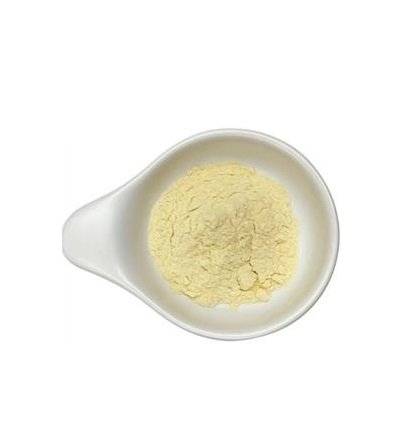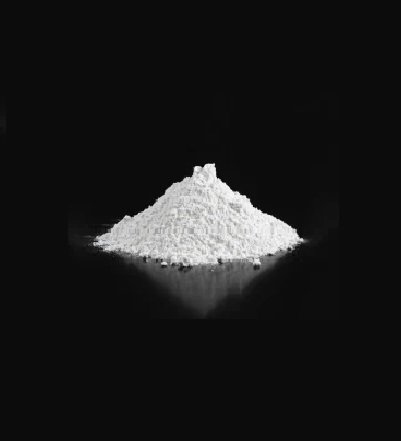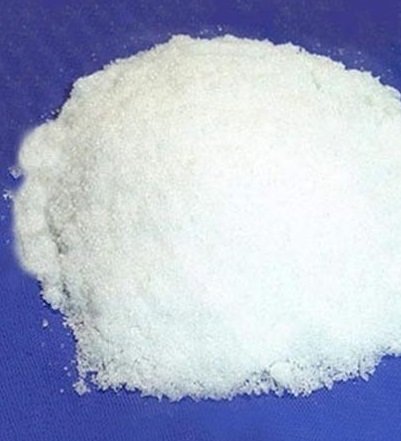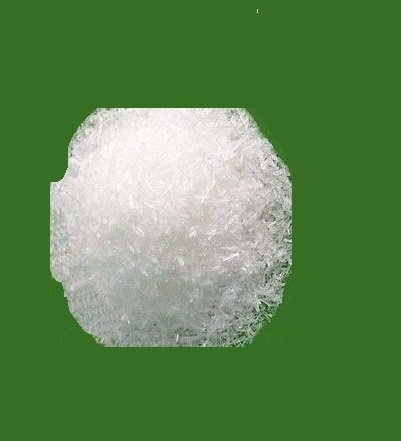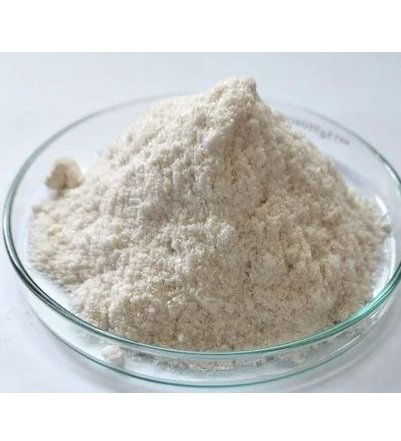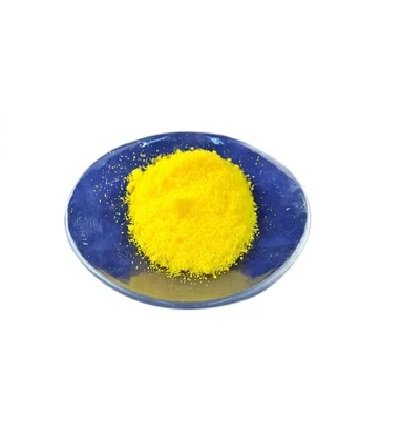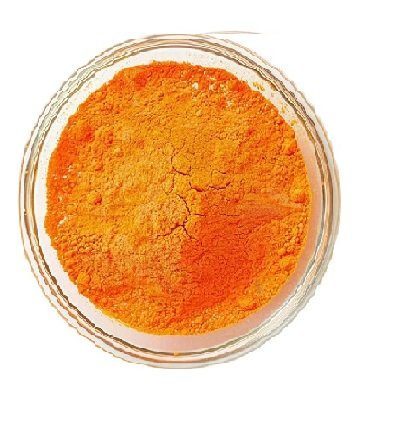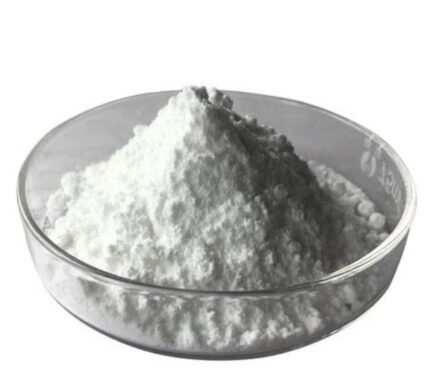Malic Hydrazide
Most Common Uses :
- Used as a plant growth regulator and sprout inhibitor in agriculture.
- Applied in tobacco, potato, and onion storage to prevent sprouting.
- Used in herbicide formulations and weed control applications.
- Low toxicity but may cause mild skin and eye irritation.
- Avoid ingestion, inhalation, and prolonged skin contact.
- Handle with protective gloves and safety goggles.
N-1-Naphthyl(Ethylenediamine Dihydrochloride
Most Common Uses :
- Used as a colorimetric reagent for nitrite detection in water analysis.
- Commonly employed in Griess reagent for spectrophotometric assays.
- Applied in environmental and biochemical analysis.
- May cause skin and eye irritation.
- Harmful if swallowed or inhaled.
- Handle with protective gloves and safety goggles, and in a well-ventilated area.
O-Cresolphthalein
Most Common Uses :
- Used as an acid-base pH indicator.
- Employed in laboratory titrations and chemical analysis.
- Used in calcium determination in clinical and industrial applications.
- May cause skin, eye, and respiratory irritation.
- Harmful if ingested or inhaled.
- Handle with proper protective equipment.
P- Dimethyl Amino Cinnamaldehyde
Most Common Uses :
- Used as a chromogenic reagent for aldehydes and amines in chemical analysis.
- Common in biochemical and histological staining techniques.
- Applied in forensic science and analytical chemistry for detecting specific compounds.
- Harmful if swallowed, inhaled, or in contact with skin.
- May cause skin and eye irritation.
- Handle with protective gloves, safety goggles, and in a well-ventilated area.
P-Bromo Acetanilide
Most Common Uses :
- Used as an intermediate in pharmaceutical synthesis.
- Involved in dye and agrochemical production.
- Used in research laboratories for organic synthesis.
- Harmful if swallowed, inhaled, or absorbed through the skin.
- May cause irritation to skin, eyes, and respiratory system.
- Handle with gloves, goggles, and in a well-ventilated area..
P-Bromo Aniline
Most Common Uses :
- Used as an intermediate in the synthesis of dyes, agrochemicals, and pharmaceuticals.
- Important in the manufacture of photographic chemicals.
- Utilized in organic synthesis and material science applications.
- Harmful if swallowed, inhaled, or absorbed through the skin.
- May cause irritation to the skin, eyes, and respiratory system.
- Handle with protective gloves, goggles, and work in a fume hood.
P-Dimethyl Amino Benzaldehyde
Most Common Uses :
- Used as a reagent in Ehrlich’s test for urobilinogen and tryptophan detection.
- Applied in chemical and biochemical analysis for aldehyde detection.
- Used in histology and microbiology for bacterial and enzyme assays.
- Harmful if swallowed, inhaled, or in contact with skin.
- May cause skin and eye irritation.
- Handle with protective gloves, safety goggles, and in a well-ventilated area.
Phenyl Hydrazine
Most Common Uses :
- Used as a reagent in the synthesis of pharmaceuticals and dyes.
- Common in analytical chemistry for carbohydrate and ketone detection.
- Applied in the production of agrochemicals and antioxidants.
- Highly toxic and hazardous; can cause hemolytic anemia.
- May cause skin burns, eye damage, and respiratory irritation.
- Handle with protective gloves, safety goggles, and in a fume hood.
Phenyl Hydrazine Hydrochloride
Most Common Uses :
- Used as a reagent in pharmaceutical and dye synthesis.
- Common in analytical chemistry for carbohydrate and ketone detection.
- A Applied in agrochemical and organic compound synthesis.
- Toxic if swallowed, inhaled, or absorbed through the skin.
- May cause severe irritation to skin, eyes, and respiratory tract.
- Handle with gloves, safety goggles, and in a well-ventilated area.
Phosphomolybdic Acid
Most Common Uses :
- Used as a reagent in analytical chemistry for staining and detection.
- Commonly employed in phosphotungstic acid staining in microscopy.
- Applied as a catalyst in organic synthesis and oxidation reactions.
- Corrosive; may cause skin and eye irritation.
- Harmful if swallowed or inhaled.
- Handle with gloves, safety goggles, and in a well-ventilated area.
Pyridium Chlorochromate
Most Common Uses :
- Used as an oxidizing agent in organic synthesis.
- Commonly employed in the oxidation of alcohols to aldehydes or ketones.
- Applied in fine chemical and pharmaceutical synthesis.
- Toxic and harmful if inhaled, ingested, or in contact with skin.
- Strong oxidizer; may cause fire in contact with organic materials.
- Handle with gloves, safety goggles, and in a fume hood.
Pyridium-P-Tolune Sulphonate
Most Common Uses :
- Used as a mild acid catalyst in organic synthesis.
- Commonly employed in protection and deprotection of functional groups in chemistry.
- Applied in esterification, acetal formation, and transesterification reactions.
- Generally considered safer than mineral acids, but may cause irritation to skin and eyes.
- Handle with gloves, safety goggles, and in a well-ventilated area.

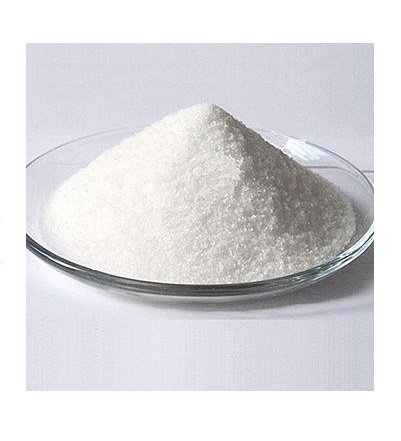
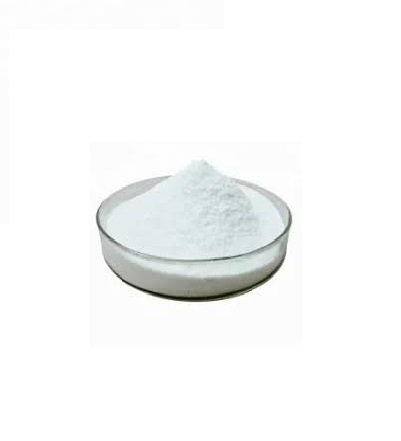
-1.jpg)
